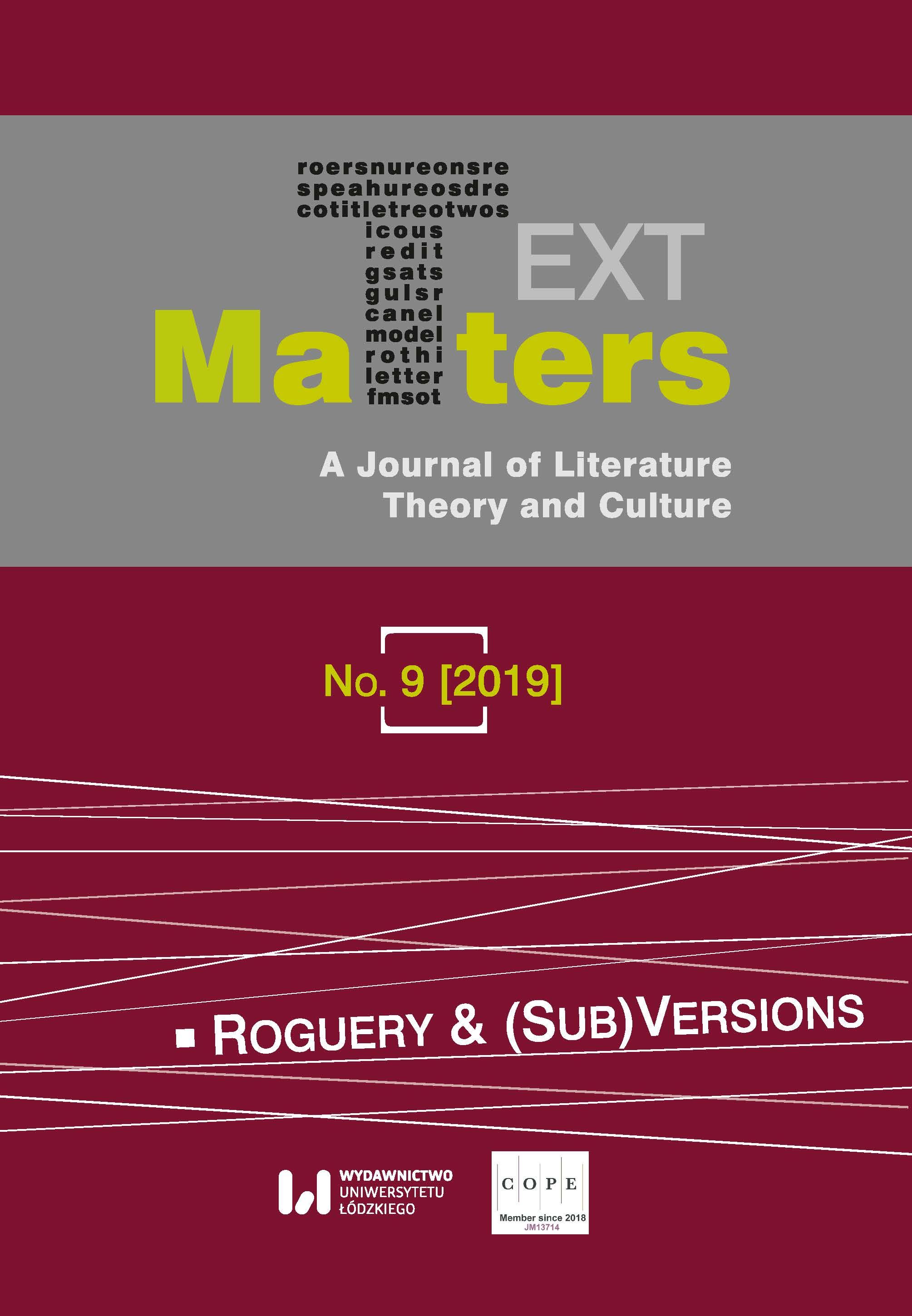Theater Without a Script—Improvisation and the Experimental Stage of the Early Mid-Twentieth Century in the United States
Theater Without a Script—Improvisation and the Experimental Stage of the Early Mid-Twentieth Century in the United States
Author(s): Magdalena SzusterSubject(s): Theatre, Dance, Performing Arts
Published by: Wydawnictwo Uniwersytetu Łódzkiego
Keywords: theatre;impro(v);experimental theater;improvisation;
Summary/Abstract: It was in the mid-twentieth century that the independent theatrical form based entirely on improvisation, known now as improvisational/improvised theatre, impro or improv, came into existence and took shape. Viola Spolin, the intellectual and the logician behind the improvisational movement, first used her improvised games as a WPA worker running theater classes for underprivileged youth in Chicago in 1939. But it was not until 1955 that her son, Paul Sills, together with a college theater group, the Compass Players, used Spolin’s games on stage. In the 1970s Sills made the format famous with his other project, the Second City.Since the emergence of improv in the US coincides with the renaissance of improvisation in theater, in this paper, I will look back at what may have prepared and propelled the emergence of improvised theater in the United States. Hence, this article is an attempt to look at the use of improvisation in theater and performing arts in the United States in the second half of the 20th century in order to highlight the various roles and functions of improvisation in the experimental theater of the day by analyzing how some of the most influential experimental theaters used improvisation as a means of play development, a component of actor training and an important element of the rehearsal process.
Journal: Text Matters: A Journal of Literature, Theory and Culture
- Issue Year: 2019
- Issue No: 9
- Page Range: 374-392
- Page Count: 19
- Language: English

